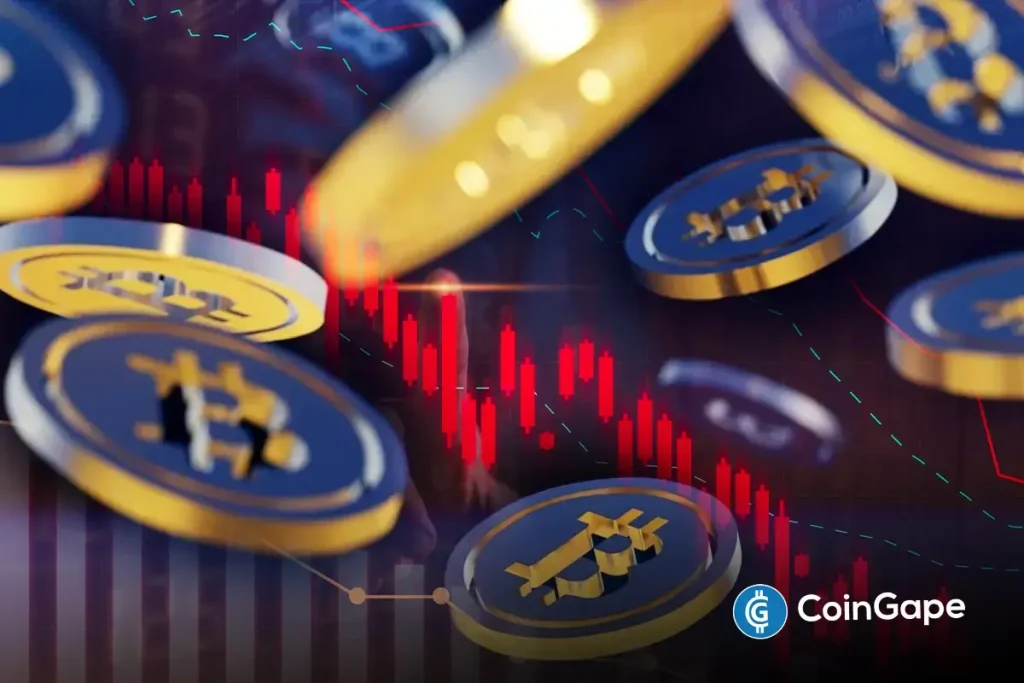Navigating Crypto Market Volatility Amid U.S. Tariff Developments
As the United States gears up to impose new tariffs, the crypto market finds itself in a state of increased volatility. Recent announcements from China, Japan, and South Korea indicate a coordinated response to these tariffs, which have potential implications for the broader financial landscape, including cryptocurrencies such as Bitcoin. With President Trump’s “Liberation Day” tariffs set for early April, uncertainty looms heavy over the future of digital currencies.
U.S. Tariffs and Their Global Implications
The trade landscape is shifting, as China, Japan, and South Korea have committed to a collaborative approach in addressing the upcoming U.S. tariffs, slated for April 2nd. These tariffs primarily target key industries, including automotive and pharmaceutical sectors, thus threatening economic stability in these nations, which are significant trading partners of the U.S. The strategic alliance among these countries signifies an effort to protect their economic interests against U.S. trade policies. Tensions may escalate further as the possibility of a trade war remains, creating ripples in global markets and especially impacting the intricacies of the crypto sector.
Bitcoin Price Movements and Market Sentiment
The anticipation surrounding these tariffs has already affected Bitcoin’s performance. As of March 31, Bitcoin’s trading price was around $82,687, reflecting nearly a 2% decline within just one day. This downward trend reveals a series of lower lows, underscoring Bitcoin’s struggle to sustain momentum amid rising uncertainty fueled by global economic issues. Traders are bracing for heightened market fluctuations as ‘Liberation Day’ approaches, and the crypto market is reacting with caution to these developments. Bitcoin’s current trajectory reflects a risk-averse sentiment, where traders are scaling back exposure to more volatile assets.
Institutional Interest in Bitcoin: A Long-Term Perspective
Despite immediate declines in Bitcoin’s price, institutional interest remains robust. An analysis of data from Glassnode indicates that the number of Bitcoin addresses holding between 1,000 and 10,000 BTC is gradually increasing, suggesting that institutional investors are maintaining activity in the market. This long-term view contrasts with a general sense of fear captured in the Bitcoin Fear and Greed Index, which registered at 34—indicating trader concerns regarding the enduring impact of U.S. tariffs. Other cryptocurrencies, including XRP, Cardano (ADA), and Ethereum (ETH), also reflect this bearish sentiment, although Bitcoin exchange-traded funds (ETFs) continue to show sustained inflows, indicating ongoing demand from larger investors.
Resistance Levels and Future Market Outlook
Current market analyses identify key support and resistance levels for Bitcoin, posing significant implications for its price trajectory. At present, Bitcoin hovers slightly above the $82,000 mark, with resistance noted around $85,000. If Bitcoin can break through this resistance, a potential bounce-back may develop. However, the uncertainty stemming from tariffs could inhibit Bitcoin’s ability to maintain its price level. The possibility of a V-shaped recovery exists if the market stabilizes, but analysts caution that if bearish trends persist, Bitcoin may test lower support levels—potentially dropping towards $70,000 or lower.
Navigating the Future of Crypto in a Tariff-Impacted Market
The current geopolitical climate introduces several complexities into the cryptocurrency market. With trade tensions looming, the future of Bitcoin and other digital currencies may remain intertwined with the trajectory of global economic policies. Analysts suggest that traders need to remain alert to these developments, as they will undoubtedly shape market conditions moving forward.
In summary, while uncertain market conditions led by U.S. tariffs pose challenges for Bitcoin in the short term, institutional interest suggests a belief in cryptocurrency’s long-term value. By staying informed and assessing market trends closely, investors can position themselves to navigate the volatility present in today’s evolving crypto landscape.


